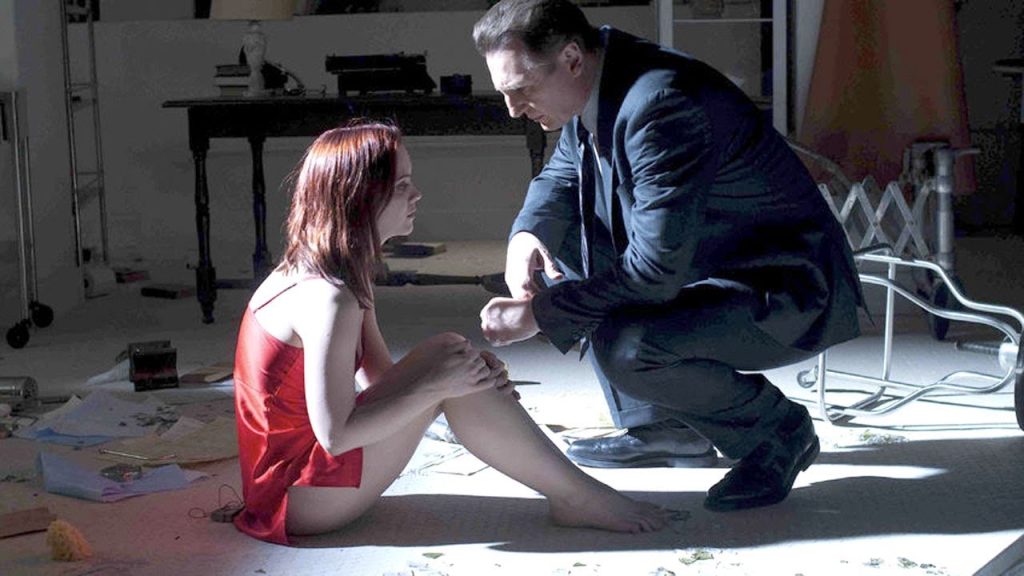“After.Life,” a psychological horror film released in 2009 and directed by Agnieszka Wojtowicz-Vosloo, delves into the mysterious realm between life and death. The movie’s enigmatic ending has sparked numerous debates and interpretations, leaving audiences intrigued and puzzled. Let’s unravel the complex conclusion of “After.Life” and explore the various ways it can be understood.
The film follows Anna Taylor (Christina Ricci), who, after a car accident, finds herself in a funeral home under the care of mortician Eliot Deacon (Liam Neeson). Eliot claims that Anna is dead and that he has the ability to communicate with the deceased, helping them transition to the afterlife. However, Anna questions her true state and struggles to comprehend her situation.
After.Life (2009) Ending Explained
As the narrative unfolds, viewers are taken on a psychological roller coaster, questioning the nature of reality and the thin line between life and death. The ambiguity surrounding Anna’s status keeps audiences on the edge of their seats, wondering if she is truly deceased or if something more sinister is at play. The ending of “After.Life” adds another layer of complexity to the storyline. In the final scenes, Paul (Justin Long), Anna’s boyfriend, becomes increasingly suspicious of Eliot’s motives.

He uncovers clues that suggest Anna might be alive and attempts to rescue her from what he perceives as a bizarre and potentially dangerous situation. As Paul confronts Eliot, a tense confrontation ensues, leading to an unexpected turn of events. The film concludes with an unsettling revelation that challenges viewers to question the reality they’ve been presented with throughout the movie.
One interpretation of the ending is that Anna was indeed alive all along, and Eliot’s claims about being able to communicate with the dead were merely a manipulative ruse. This perspective suggests that the funeral home served as a metaphorical purgatory, blurring the lines between life and death and exploring the psychological torment of the characters.
Enigmatic Ending Challenges
On the other hand, some viewers argue that the ending suggests Anna did, in fact, die in the car accident, and Eliot’s abilities are genuine. The ambiguity surrounding the afterlife in the film invites speculation about the nature of death and what lies beyond. The film’s intentionally vague conclusion allows for multiple interpretations, and the director’s choice to leave certain aspects open-ended contributes to its enduring mystique.

Some may appreciate the ambiguity, as it allows for personal reflection and interpretation, while others may find it frustrating not to have a definitive answer. “After.Life” ultimately serves as a thought-provoking exploration of life, death, and the human psyche.
The enigmatic ending challenges viewers to confront their own beliefs and perceptions about mortality. Whether one believes Anna was alive or dead, the film’s conclusion leaves a lasting impression and encourages discussions about the mysteries of the afterlife.
Summary
In essence, the ending of “After.Life” remains a subjective puzzle, offering no clear resolution and allowing each viewer to draw their own conclusions about the fates of the characters involved. The film’s deliberate ambiguity ensures that its impact lingers, sparking conversations and debates long after the credits roll.
Related Stories:
- Memento(2000) Ending Explained: Unraveling The Intricate Layers Of The Memento Ending
- Mr. and Mrs. Smith Ending Explained! Piecing Together the Puzzle!